Taste Review #150 – Linkwood Madeira Cask (Murray McDavid Cask Craft)
Have you ever had something so precious or important to you that you won’t share it with anybody else? I’m sure that most of us have that little secret that we don’t want to share. There is always in the background that little pleasure that you know of something that nobody else does and for one moment you have got one up on your contemporaries and peers. These small bits of internally held glories can often be as a result of hard work and perseverance and not something you want to give away too readily, lest that wee advantage you have is lost. It is something that I have experienced in two social groups of people I mix in and in both of them this feeling has been building again.
As I live in the Highlands of Scotland, there are plenty of opportunities to get out into the wide outdoors. Camping and hillwalking are great activities and for those who aren’t aware, there exists a type of remote accommodation called bothies. A bothy for the uninitiated is usually an old farm or estate cottage in a remote area that has been abandoned. These are often restored enough to provide a basic shelter for hill walkers. These can be just four walls and a roof, to well maintained buildings with sleeping platforms and a fire place or stove. Almost none have running water and there is no electricity. The best you can expect is that there maybe a couple of seats and a table to get out of the elements.
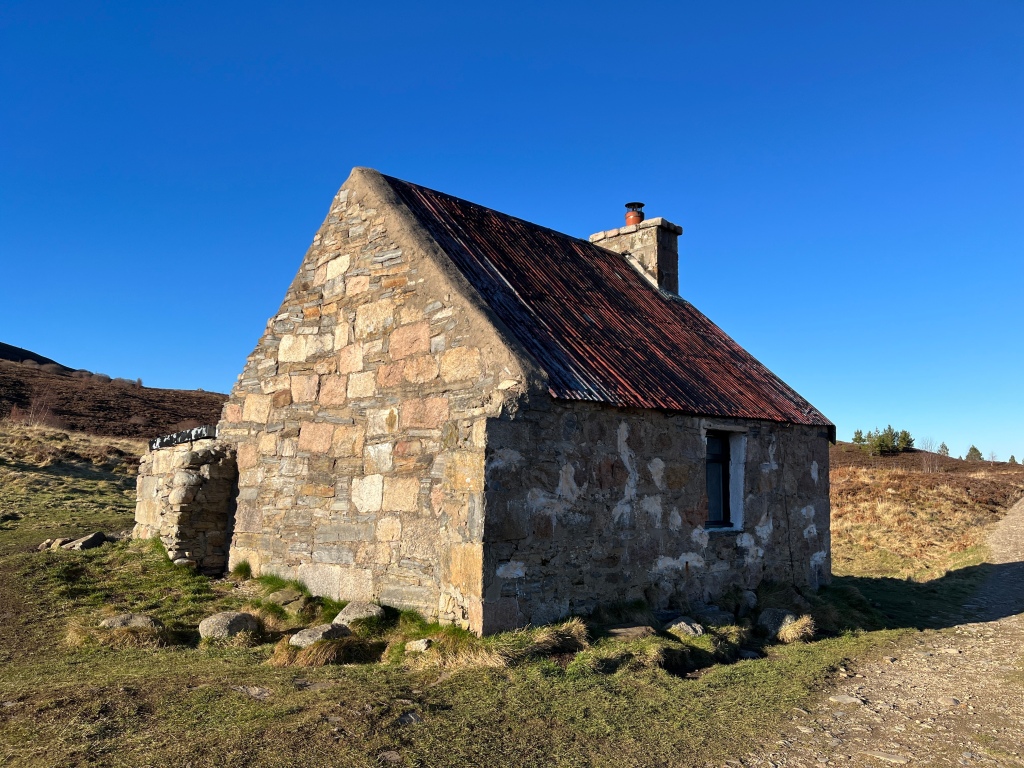
Bothies are free to use, many being in the care of the Mountain Bothy Association. Until the dawn of the MBA, knowing the location of bothies was very much down to local knowledge, or just looking at a location on a map and walking in to see if the building there exists or is even habitable. Tents were always advisable and still are just in case the bothy is full. If you were lucky, then you might meet a fellow walker and around the fire exchange stories of experiences which may include the locations of other bothies if your fireside companion has deemed you worthy of the knowledge.
Fast forward to the digital age. Now bothy locations that are in the care of the MBA are now published on their website. One member of the MBA went further and published a book detailing the best bothies and how to get to them. No longer did you need to put any effort into finding a doss when out walking. It’s as though bothies for some had lost their magic, as now everybody could find them. Some people wanted to keep “their special bothy” secret and all to themselves without more hordes descending to spoil the wilderness and peace they thought they would have forever. There were also worries about unsavoury characters using bothies as party houses in the wild or vandalising them.
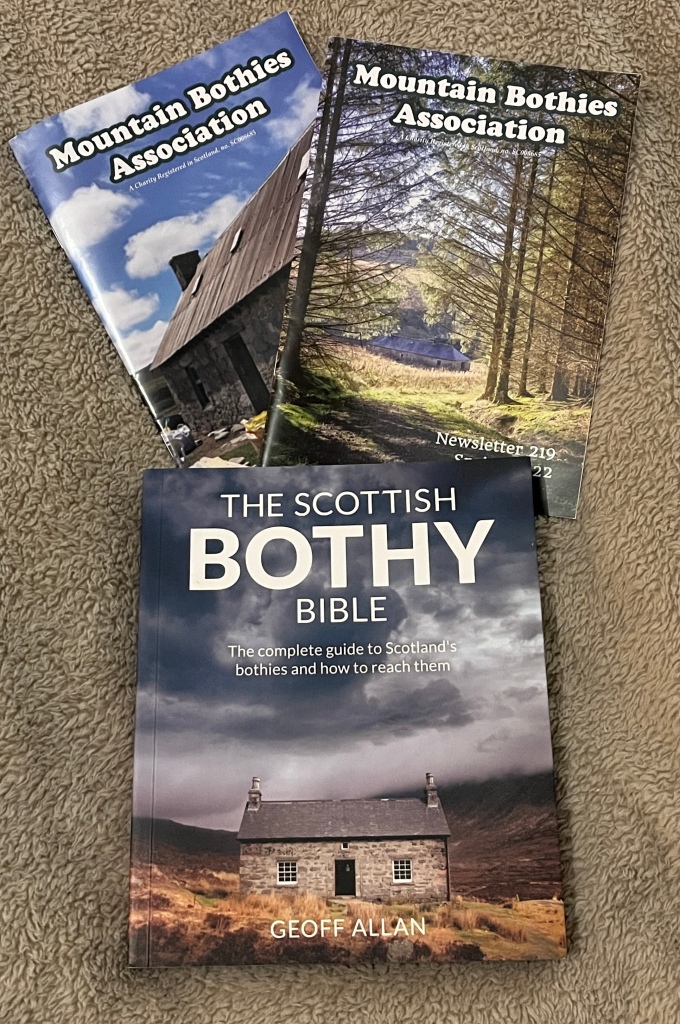
It’s a bit of a double edged sword, as more people interested in bothies also means more people exposed to the MBA and in turn more potential people joining and taking part in the maintenance. Anyway, the misuse of bothies has been going on for years and I don’t believe it is appropriate to blame the Bothy Bible for all this as there is no proof this book did cause a quantifiable rise in problems. I have to say that I was against its publication and still am, although my views have softened somewhat and I’ve allowed myself the slight hypocrisy of buying a copy to see what the fuss was about. Being of a grumpy traditionalist nature, I feel you should earn your stripes and get out there and look for bothies yourself, but prepare to use your tent if you are out of luck. Conceivably that same concept could exist in whisky to a certain degree, as I feel that whisky has many parallels to these issues, generating internal quandaries in people who often have what would be described as misplaced ideals in what whisky represents. I’d even include myself in that potential moral misalignment but experience is telling me I may actually be right this time.
The vast majority of us will have a preference for a distillery or bottling. Even if you don’t, then I do. It is my wee holy grail, my top trump, my little bit of experience that I may have that you don’t and keeps me feeling warm and fuzzy inside. I haven’t ever had a bad bottle or nip from this distillery. It isn’t that well known, yet hides in plain sight. I pass it’s location every now and again, giving me a small bit of anticipation for when I taste it’s golden nectar once more. It was my inquisitive nature that discovered this distillery, not by looking at social media or taking others opinions into account, indeed my first taste was when social media was only physically talking to each other in the pub, well before smart phones and tablets. So let’s just call this distillery Glen Blabbermouth, as I did tell somebody my little secret and advised them to keep quiet about it. Before I knew it, my wee hint was all over the internet circles we share. I see it mentioned more and more, and while this gives me a smug feeling of being ahead of the curve on realising how good it is, I feel worried the name of one of my favourite distilleries is now receiving more exposure in social media.
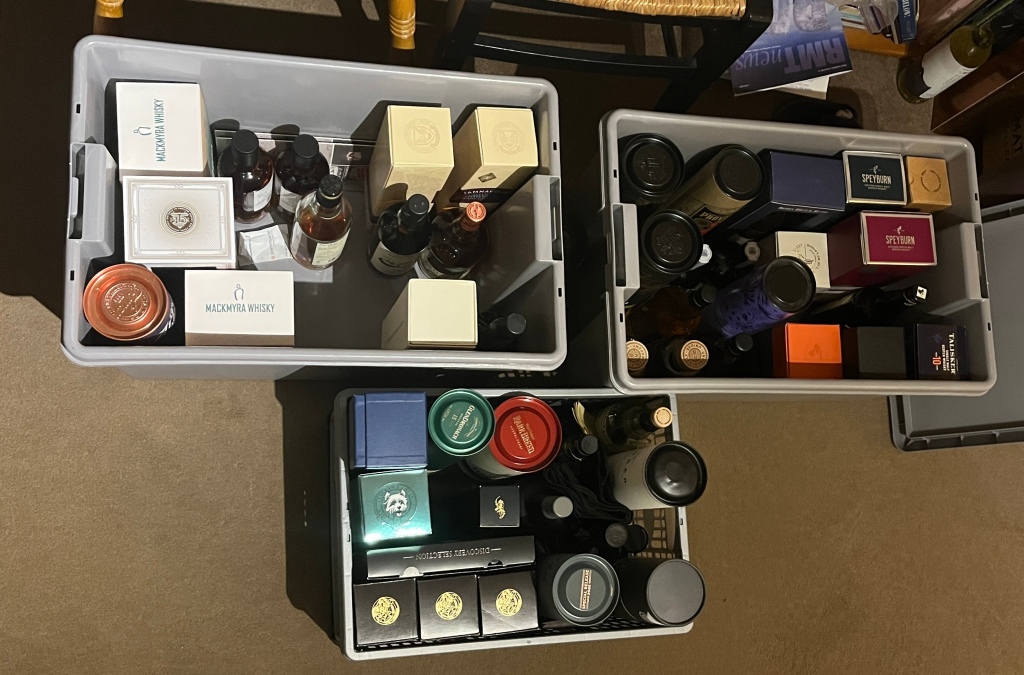
And here is where whisky forms a dichotomy. It’s supposed to be a social drink, it’s supposed to be shared. Don’t we (I) take part in whisky social media to pass on our experiences and learn from others? By holding something back then do we start to remove more from the community than we contribute? I feel that in my attempt to keep the secret I have from the wider community that I’m doing something wrong, yet the need to share experiences of a delicious and consistent performer burns more of a hole in the mental pocket than currency in the hands of a child staring at the shelves of a toy shop.
It’s not the oneupmanship that drives this feeling towards a veil of secrecy. Forget the days of FOMO, there is a new fear lurking in the mind of this whisky enthusiast, probably even more of us if we’re to be completely honest. Fear of Missing Out will become old hat. FOBO is its new companion – Fear Of Being Outed. It’s a fear that once the whisky that you hold dear becomes more in the community consciousness, that it will become more difficult to get and / or will become as expensive as a jar of Unicorn urine. Let’s face it – some of the bottles that have rocketed into the spotlight as flippers and other assorted parasites have decided are now part of the current whisky zeitgeist may as well be unicorn wee-wee as neither will be drunk due to the insane prices paid. This happened to Springbank – remember when it was relatively easy to get a bottle at RRP without queuing or ballot?
While supplies of Glen Blabbermouth are sustainable, it isn’t as common as some, with only a few official bottlings over the years, it’s mostly available from low volume independent bottle sales. It is maybe understandable why some people keep some whisky secrets to themselves. While I might be wrong to express this feeling, I am currently hoping the heat dies down eventually and I can live my life secure in the knowledge that my favoured whisky is not rising in price due to a sudden popularity when my secret gets out.
As for my indiscreet friend – is he in trouble? No, not really. When you hear of others enjoying bottles from your favourite secret distillery, there is a sense of satisfaction that you may have saved somebody from drinking sub-par whisky. I have also taken the precautionary steps of making another malt one of my secret go to drams. Only this one is definitely being kept secret.
One distillery that I am starting to pay a little more attention to is Linkwood. In common with a lot of distilleries in the Diageo portfolio, it’s not a brand with a massive presence due to mostly being used to provide spirits for blends. But it is unique on my blog, for I have already reviewed it twice and as it turns out, the last time wasn’t so long ago. While the only official bottle is the Flora And Fauna, there are plenty of independent bottlers releasing some very good editions. Gordon and MacPhail do a nice bottle in their distillery labels range at 15 years old. But another whisky bottler that has really made me sit up and take notice is Murray McDavid (MMcD). Both their Spirit of Speyside editions of Auchroisk and Inchgower that I tasted from last year were great, so when Aberdeen Whisky Shop advertised the MMcD Cask Craft range, I was standing up like a meerkat. These were marketed by flavour profile, and it was just coincidence that fruity and sweet happened to be a Linkwood. No age statement, only a cask type (Madeira Barrique), but at £32 a pop I felt it stupid not to. And here is what I found.
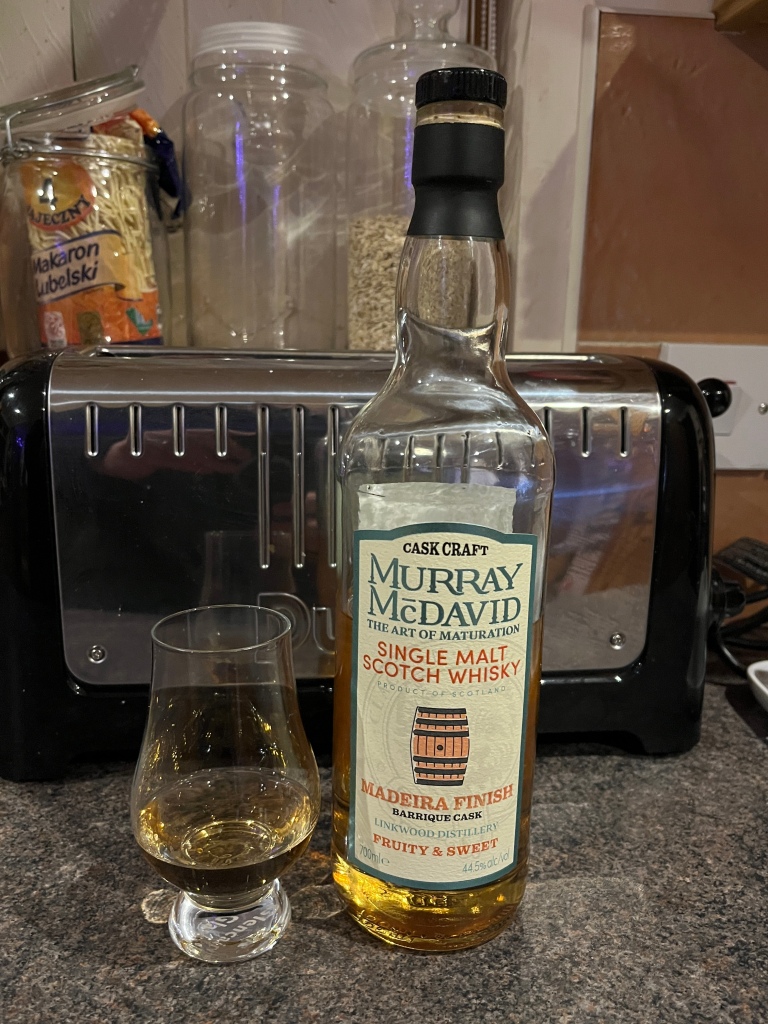
Linkwood Fruity & Sweet (MMcD Cask Craft)
Region -Speyside Age – NAS Strength – 44.5% abv Colour – Old Gold, (0.6) with a hint of pink Cask Type – Madeira Barrique Colouring – No Chill Filtered – No
Nose – Raspberry ripple ice cream, hint of vanilla and cereal. Could almost be Cranachan. Sweet white wine. Floral note (rose water) which was similar to Turkish Delight appeared when I rubbed some spirit onto the back of my hand.
Palate – Light oily mouth feel. Quite spirit forward to begin with but not aggressively so, though can be a bit bitter. Raspberries, red currants delivers a small measure of astringency that I find in medium dry white wines. Toasted peanuts and honey. Not very complex at all.
Finish – warming medium finish, sweet with a burst of spices and milk chocolate. Vegetal notes appear, like kale.
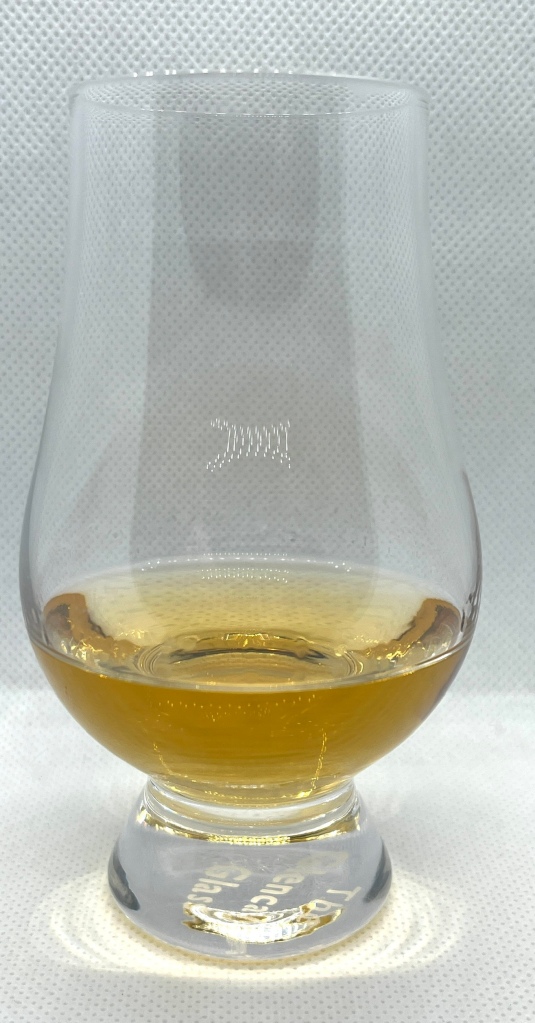
Not the best Linkwood I have ever tasted. I quite like a Madeira cask whisky, but this one didn’t light my fire as much as I thought it would. It’s undoubtedly a young whisky, with a spirit forwardness, a lack of depth and also noticeably lacking an age statement. But let’s not get too picky. Here we are easily seeing the distillery character of a light, fruity and slightly grainy spirit, which I got more in the nose than the palate. To be disappointed is a valid point but perhaps the cask craft here is the subtlety in which the finish has been applied. It isn’t a bad dram, despite being a little thin. £32 wasn’t a bad price to pay for this but there are better value drams out there.
As I’ve reviewed this distillery now, it’s not my new secret favourite distillery, though it does have a tenuous link to the one that is. There’s one thing sure and certain – I won’t be telling you what is!
Yours In Spirits
Scotty
Photo Credits
All Photos – Authors Own





